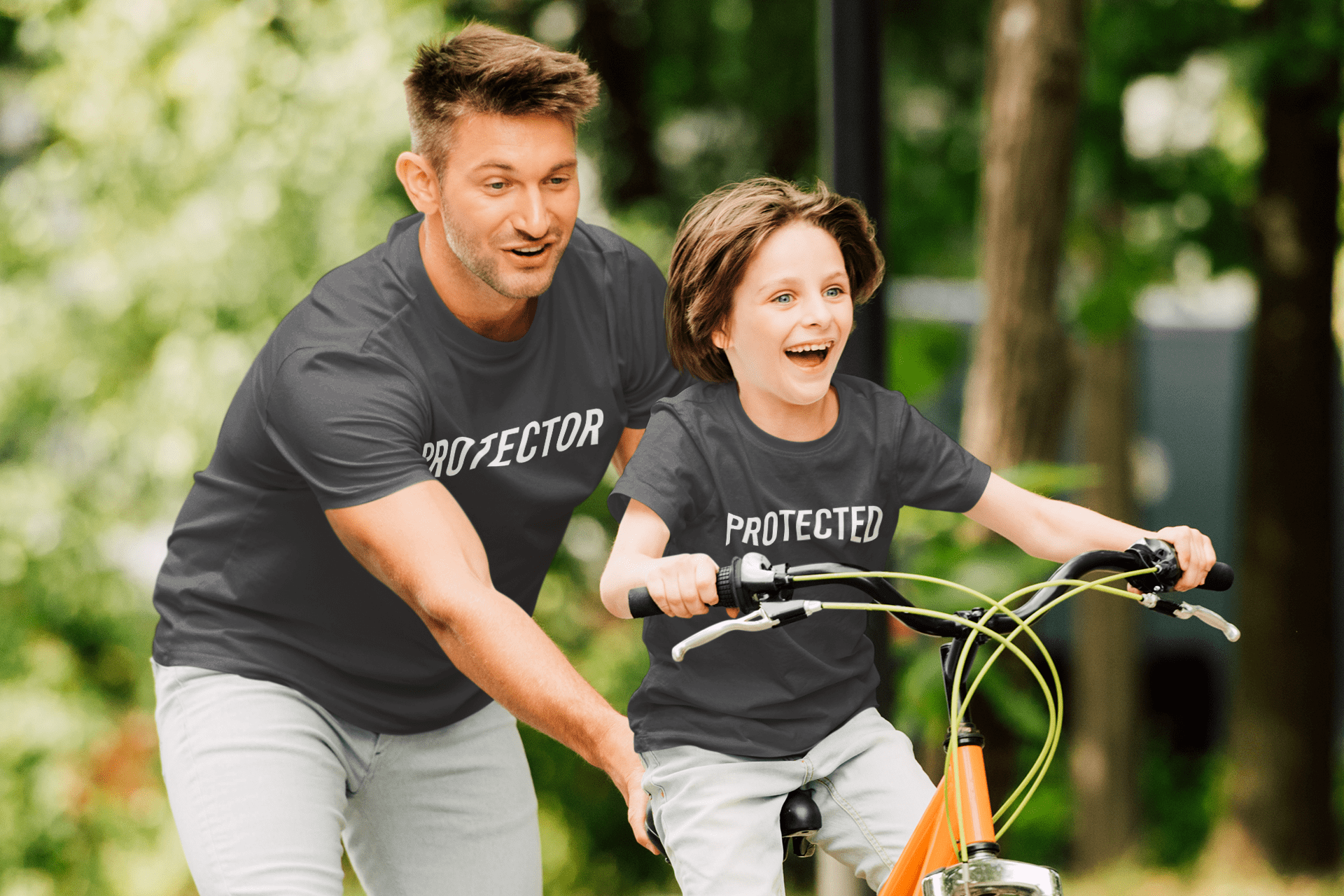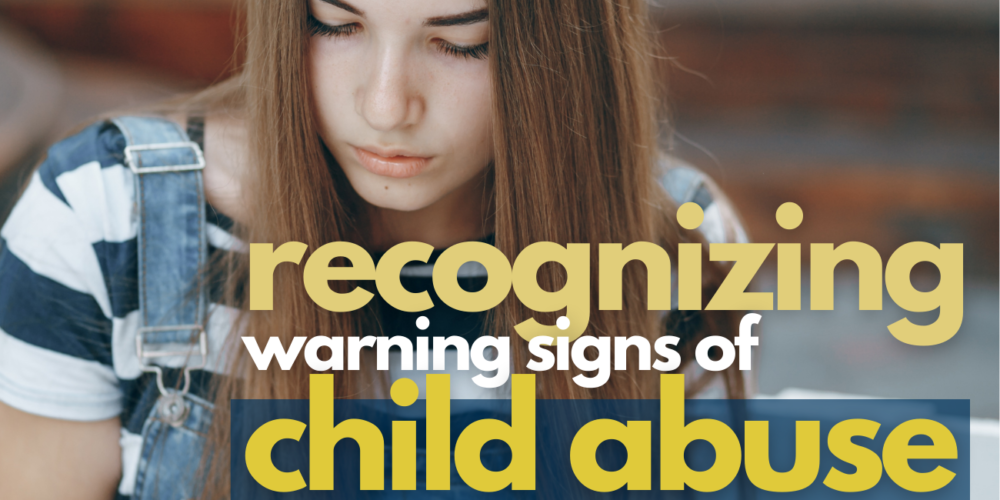
Kyle Naish is the Advisory Board Chairman for the National Child Protection Task Force (NCPTF). With over 15 years of experience in law enforcement, he specializes in criminal investigations, digital forensics, and using technology to recover missing children and apprehend predators. Kyle’s expertise and commitment to protecting vulnerable children have earned him multiple awards and recognition in his field.
It’s tempting to look for a quick fix— an app or monitoring tool that promises to keep our kids safe online. But here's the truth: kids can (and do) easily find ways to bypass these apps. Even worse, predators are often one step ahead, coaching children on how to avoid detection as part of their grooming process. These bad actors aren’t just hiding from parents; they’re actively helping kids cover their tracks, using fear to manipulate them into keeping secrets.
Imagine a good kid, unaware of the predator’s intentions, being taught how to “backdoor” a monitoring tool. They might feel trapped, scared to tell their parents because they’ve been convinced they’ll get in trouble. It’s a dangerous cycle, and it’s why simply relying on monitoring apps isn’t enough.
Think about how much time we spend teaching our kids to drive: driver’s ed classes, hours riding shotgun, talking through scenarios before we ever let them drive solo. But when it comes to handing over a smartphone— the digital equivalent of a loaded car— we often skip some of the most valuable lessons. Instead, we often offer things like, “Don’t talk to strangers,” or "Don't take pictures you don't want other people to see," and hope that our kids take it to heart.

Please don't get me wrong: monitoring apps are a helpful part of a broader safety strategy, serving as an extra set of eyes and catching red flags that might otherwise go unnoticed. They can help us remember to check in with our kids device usage regularly, and they can open up important conversations about online safety, creating teachable moments that reinforce established boundaries. But these tools should be seen as one piece of a bigger puzzle— and never a replacement for active involvement, communication, and trust-building.

As parents, we have to stop thinking, “My child would never,” and accept that the internet was built to share everything— good and bad. We can’t control what’s out there, but we can control the conversations we have. Set boundaries, both online and off, and stick to them. And download their apps, play their games, and spend intentional time getting to know what they’re experiencing from their perspective.
Most importantly, create a safe space for your child to share concerns with you. Praise their courage when they come to you, even if it’s about something they weren’t supposed to be doing. It’s important to have rules, but it’s just as crucial to reinforce that speaking up is always the right choice.
Our kids need us to be their guides, not just their monitors. They’re learning about relationships from the ones they’re building right now, both online and offline. The more we invest in open conversations and shared experiences, the better equipped they’ll be to navigate their world safely.
While delaying smartphones and limiting phone use at school are trending topics, fostering healthy communication and connection remains the cornerstone of safety, no matter when we introduce phones and internet access.

According to a survey published in February 2023 by Pew, 95% of U.S. teens have access to a smartphone, highlighting that these devices are already a significant part of their world. Even with rules in place, today’s teens often find ways to connect, bypassing parental controls. Whether phones are introduced early or later, guiding our kids through responsible use and maintaining open conversations is where we can make the greatest impact on their long-term safety. Building healthy digital habits and maintaining open lines of communication helps ensure they have the support they need to stay safe, make good choices, and seek help if something feels wrong.
It’s not about controlling every click; it’s about building trust, awareness, and security that empowers them to make the right choices— even when we’re not looking.
Join the movement
If you’re looking to make a bigger impact with NCPTF, join us as a Protector! Make a recurring monthly donation and receive a free Protector t-shirt, stories of impact, & exclusive access to Protector merch for the whole family.
Your support as a Protector directly translates into action across the nation by helping providing critical resources to bring missing kids home faster and help prevent future exploitation. Stand with us and be a part of this life-saving mission.









